
For a better and faster shopping experience, download app
Unkown
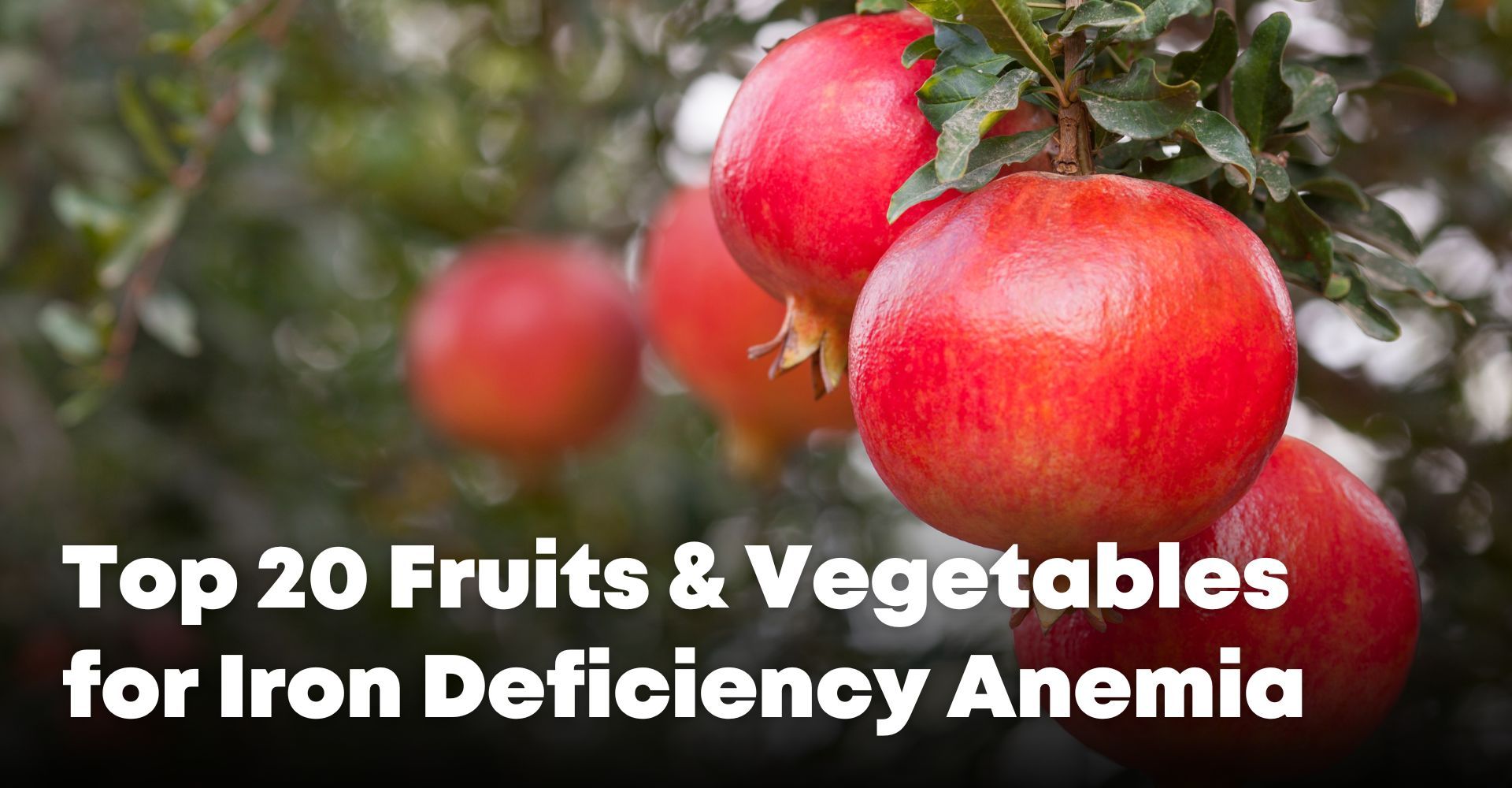

Top 20 Fruits & Vegetables for Iron Deficiency Anemia
Introduction
Iron deficiency anemia is a significant public health issue in India, affecting millions of people, particularly women, children, and adolescents. The prevalence of anemia or anaemia in India varies across regions, but it remains a pressing concern. According to the National Family Health Survey 5 (NFHS-5), the prevalence of anemia among women aged 15-49 is 57%, and among children aged 6-59 months, it is 67%.
The primary causes of iron deficiency anemia in India include:
- Dietary factors: A lack of iron-rich foods in the diet, especially among vulnerable populations, is a major contributor.
- Poor absorption: Factors such as parasitic infections, intestinal disorders, and the presence of antinutrients in certain foods can hinder iron absorption.
- Increased iron requirements: Pregnancy, lactation, rapid growth during childhood and adolescence, and certain medical conditions can increase iron needs.
To address this issue, it's crucial to promote iron-rich foods in the Indian diet. Here are the top 20 fruits and vegetables that can help:
Iron-Rich Fruits
- Pomegranate: Packed with antioxidants and iron, pomegranates can help boost hemoglobin levels. Each 100 grams of pomegranate contains approximately 0.31mg of iron.
- Dried Apricots: These dried fruits are a convenient and tasty source of iron, with around 0.8mg per 100 grams.
- Prunes: Prunes are not only high in fiber but also contain about 0.7mg of iron per 100 grams.
- Raisins: A versatile ingredient, raisins offer around 0.7mg of iron per 100 grams.
- Dates: These natural sweeteners contain approximately 0.5mg of iron per 100 grams.
Iron-Rich Vegetables
- Spinach: A classic iron-rich vegetable, spinach provides around 2.7mg of iron per 100 grams.
- Kale: Another leafy green, kale contains approximately 1.0mg of iron per 100 grams.
- Swiss Chard: This versatile vegetable offers about 0.8mg of iron per 100 grams.
- Broccoli: A cruciferous vegetable with around 0.5mg of iron per 100 grams.
- Asparagus: A low-calorie option containing approximately 0.3mg of iron per 100 grams.
- Lentils: A legume rich in iron and protein, lentils provide around 3.3mg of iron per 100 grams.
- Chickpeas: Another legume offering iron and protein, chickpeas contain about 3.8mg of iron per 100 grams.
- Beans: A versatile ingredient, beans provide varying levels of iron depending on the type. For example, kidney beans offer around 3.6mg per 100 grams.
- Soybeans: A complete protein source, soybeans contain approximately 8.6mg of iron per 100 grams.
- Potatoes: A starchy vegetable with around 0.3mg of iron per 100 grams.
- Beets: A root vegetable offering about 0.76mg of iron per 100 grams.
- Parsley: An herb with approximately 0.6mg of iron per 100 grams.
- Cilantro: Another herb that can boost iron intake, with around 0.6mg of iron per 100 grams.
- Watercress: A leafy green containing approximately 0.7mg of iron per 100 grams.
- Mushrooms: A good source of iron when cooked, mushrooms can offer around 0.3mg of iron per 100 grams.
Additional Iron-Rich Foods:
- Fish: Salmon, tuna, and sardines are excellent sources of iron.
- Meat: Red meat, poultry, and liver are also rich in iron.
- Fortified Foods: Many breakfast cereals, bread, and pasta products are fortified with iron.
Tips for Increasing Iron Absorption:
- Pair with Vitamin C: Foods rich in vitamin C, like citrus fruits and tomatoes, enhance iron absorption.
- Limit Tannins and Phytates: Reduce consumption of tea, coffee, and whole grains, which can hinder iron absorption.
- Cook in Cast Iron: Cooking in cast iron cookware can add iron to your food.
- Consult a Healthcare Professional: If you suspect iron deficiency, seek medical advice for diagnosis and treatment.
By incorporating these iron-rich foods into your diet and following these tips, you can significantly reduce the risk of iron deficiency anemia and improve your overall health. It's essential to address this pressing public health issue in India through nutrition education, improved access to iron-rich foods, and targeted healthcare interventions.
Globular in shape, bright red colored with smooth & thick skin; Sweet & tart translucent seeds
- 4 Pcs (700-800 Gms)
- 2 Pcs (350-400 Gms)
₹335
₹299
Freshly deseeded arils prepared by Chefs | Made Fresh Daily | No Preservatives
- 1 x (200 Gms)
- 2 x (200 Gms)
₹225
₹159
Large in size, shiny skin & bright red in colour
- 2 Pcs (450+ Gms)
- 4 Pcs (900+ Gms)
₹192
Vibrant green & tender leaves with a crisp texture that delivers mildly sweet and earthy flavor
- 250 Gm
- 500 Gms
- 1 Kg
₹49








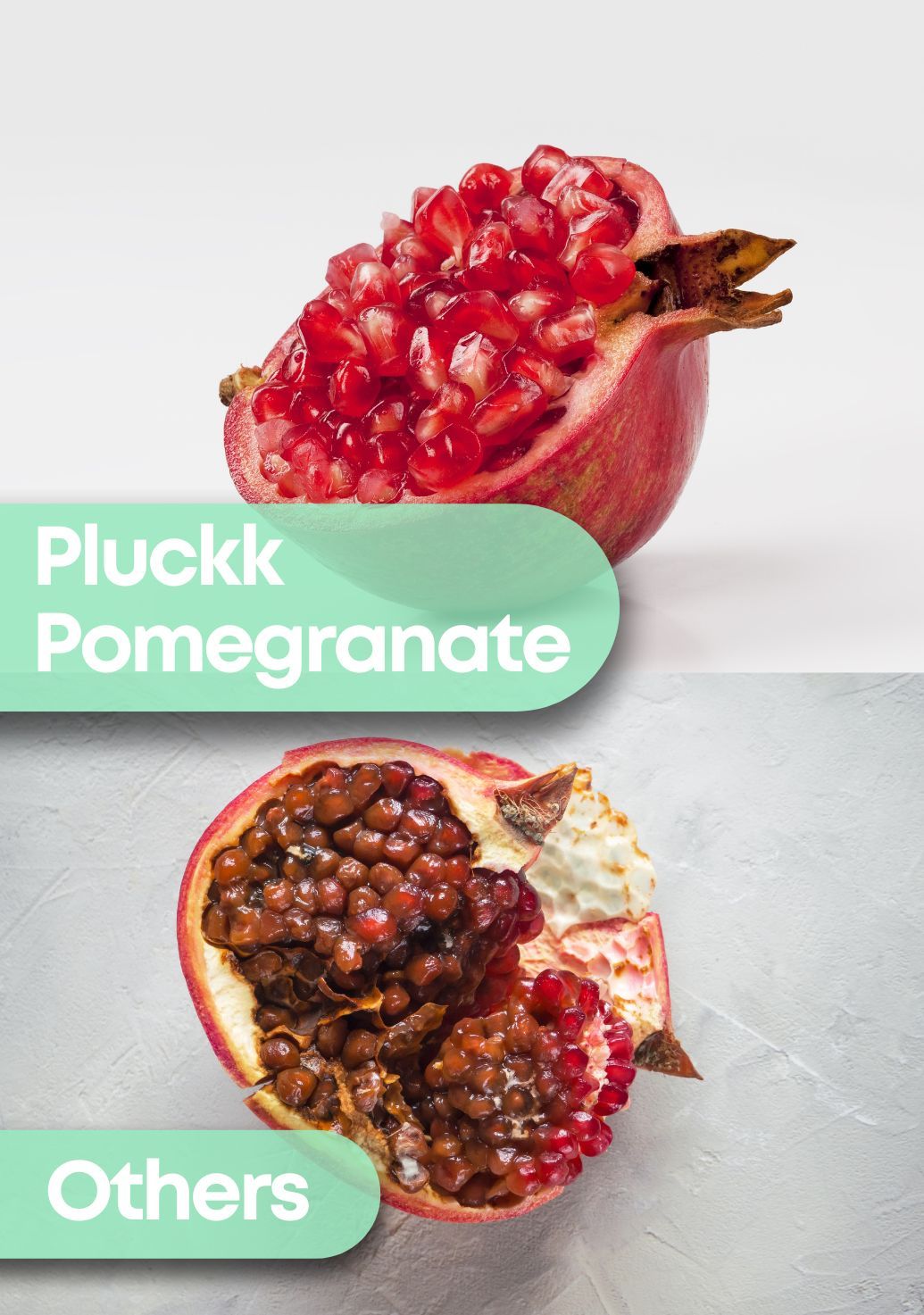




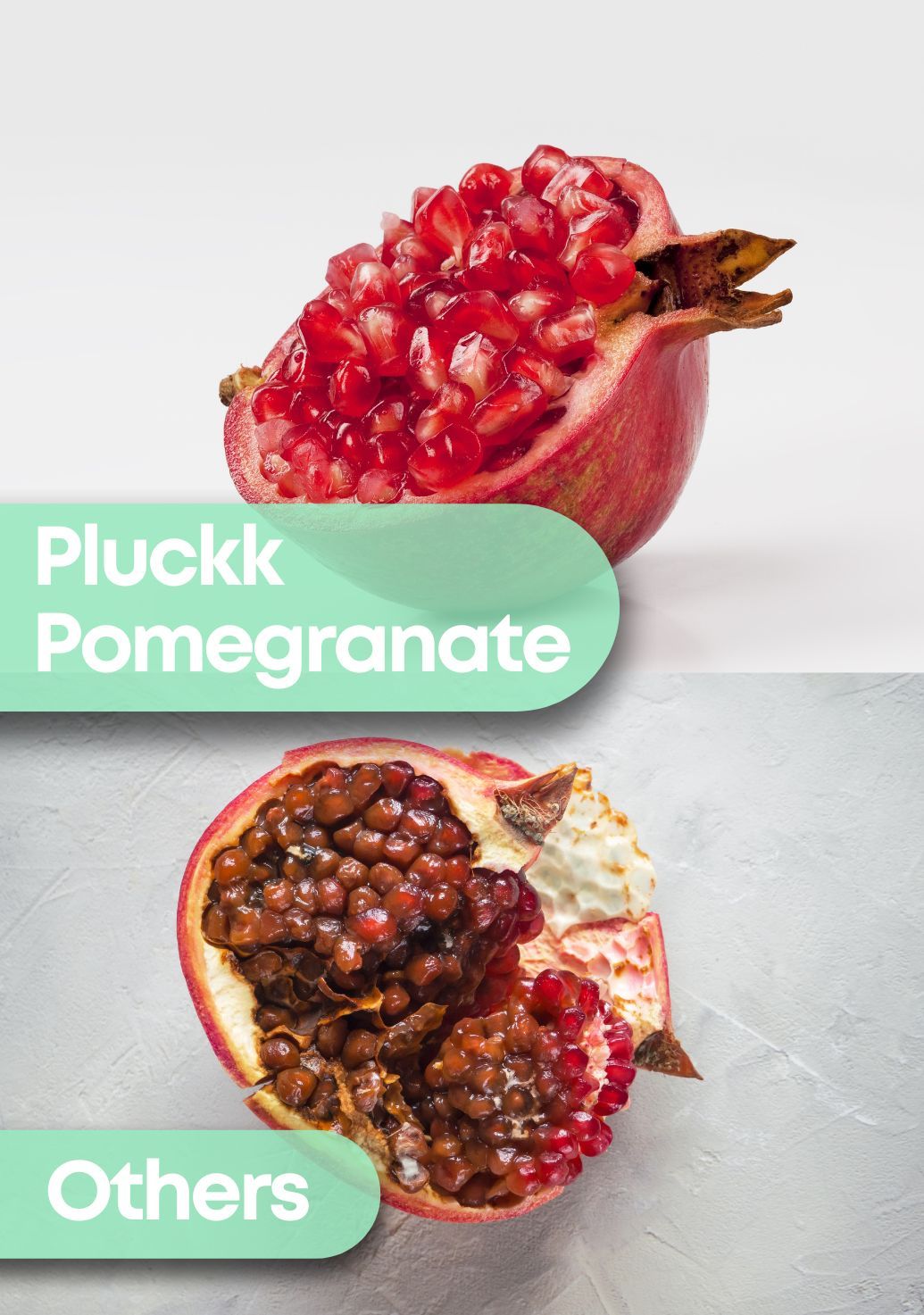
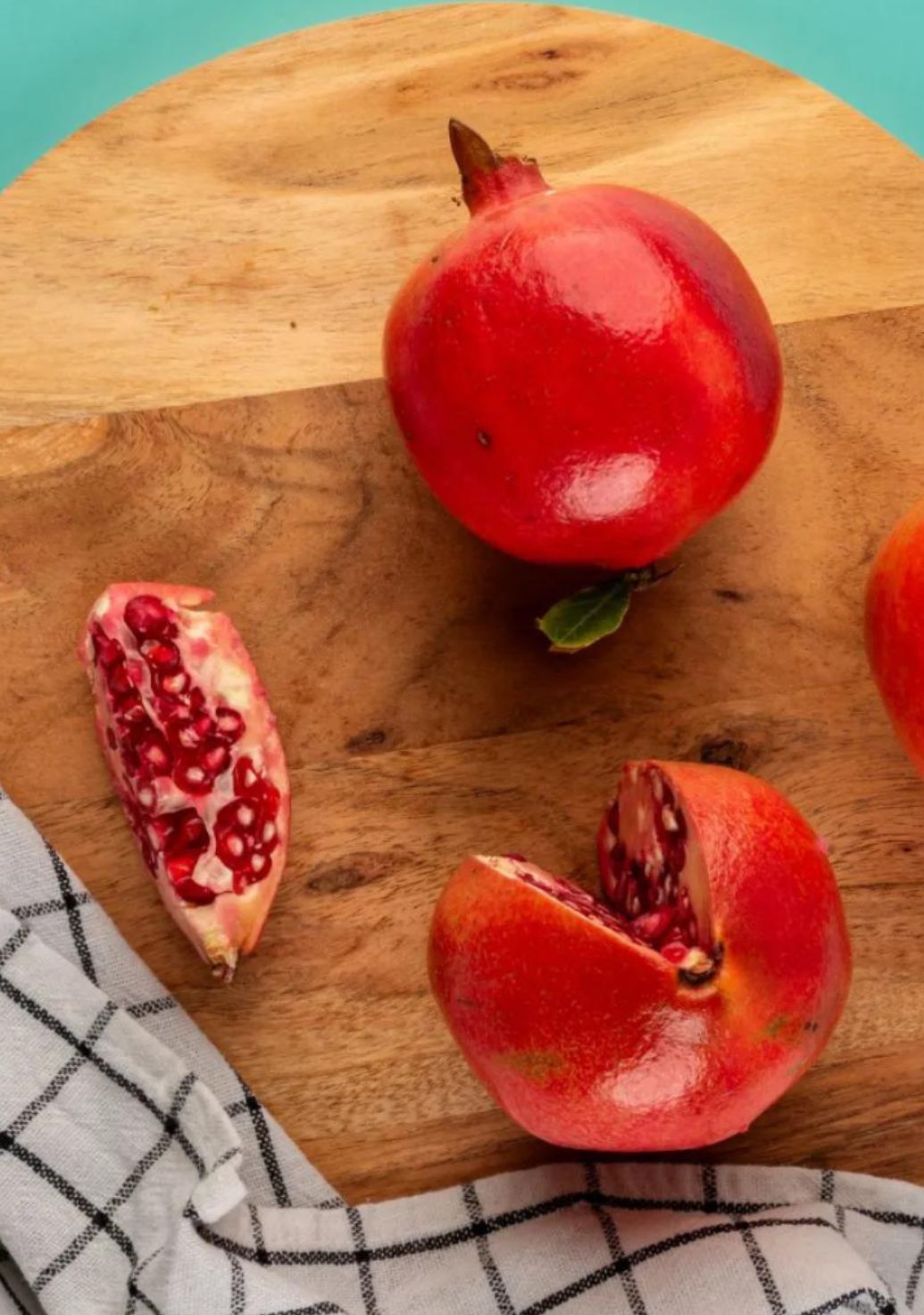
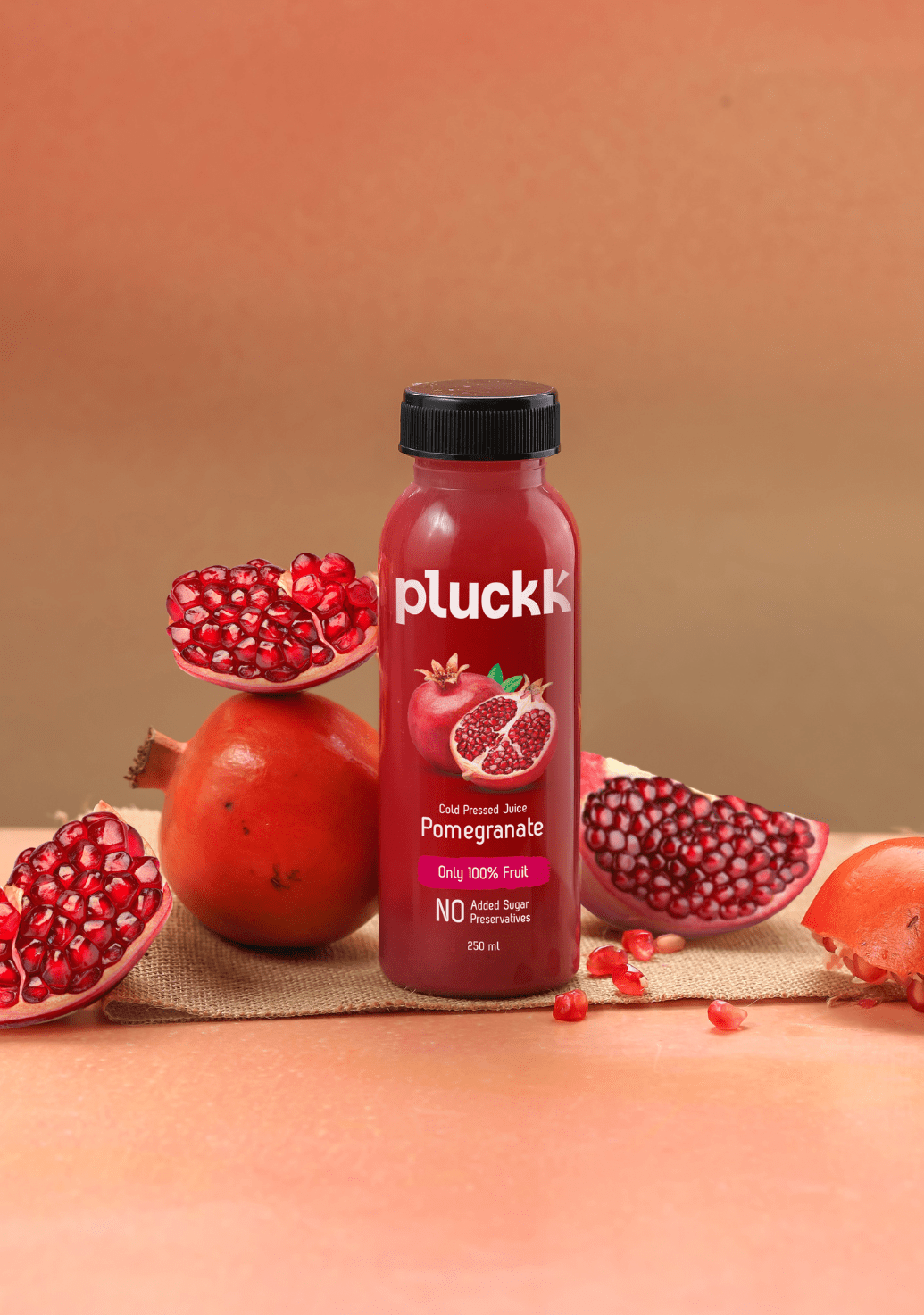

![Kimia Dates [Imported]img 2 Kimia Dates [Imported]img 2](https://im.pluckk.in/unsafe/1053x0/uploads/new_sku_designs_v3/243121415AF/2.jpg)
![Kimia Dates [Imported]img 1 Kimia Dates [Imported]img 1](https://im.pluckk.in/unsafe/1053x0/uploads/new_sku_designs_v3/243121415AF/1.jpg)


![Spinach [Palak]img 2 Spinach [Palak]img 2](https://im.pluckk.in/unsafe/1053x0/uploads/new_sku_designs_v3/111011298AL/2.jpg)
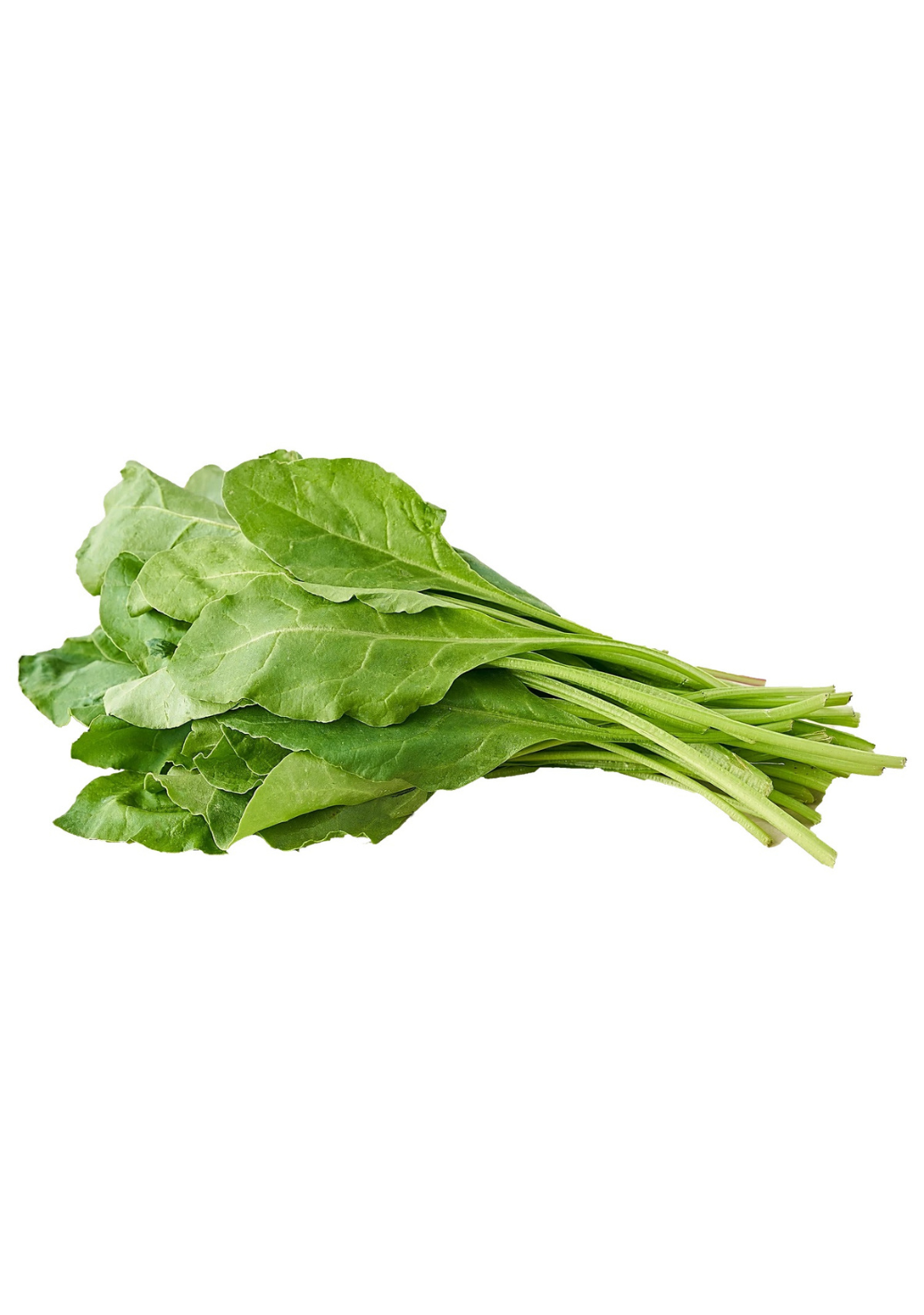
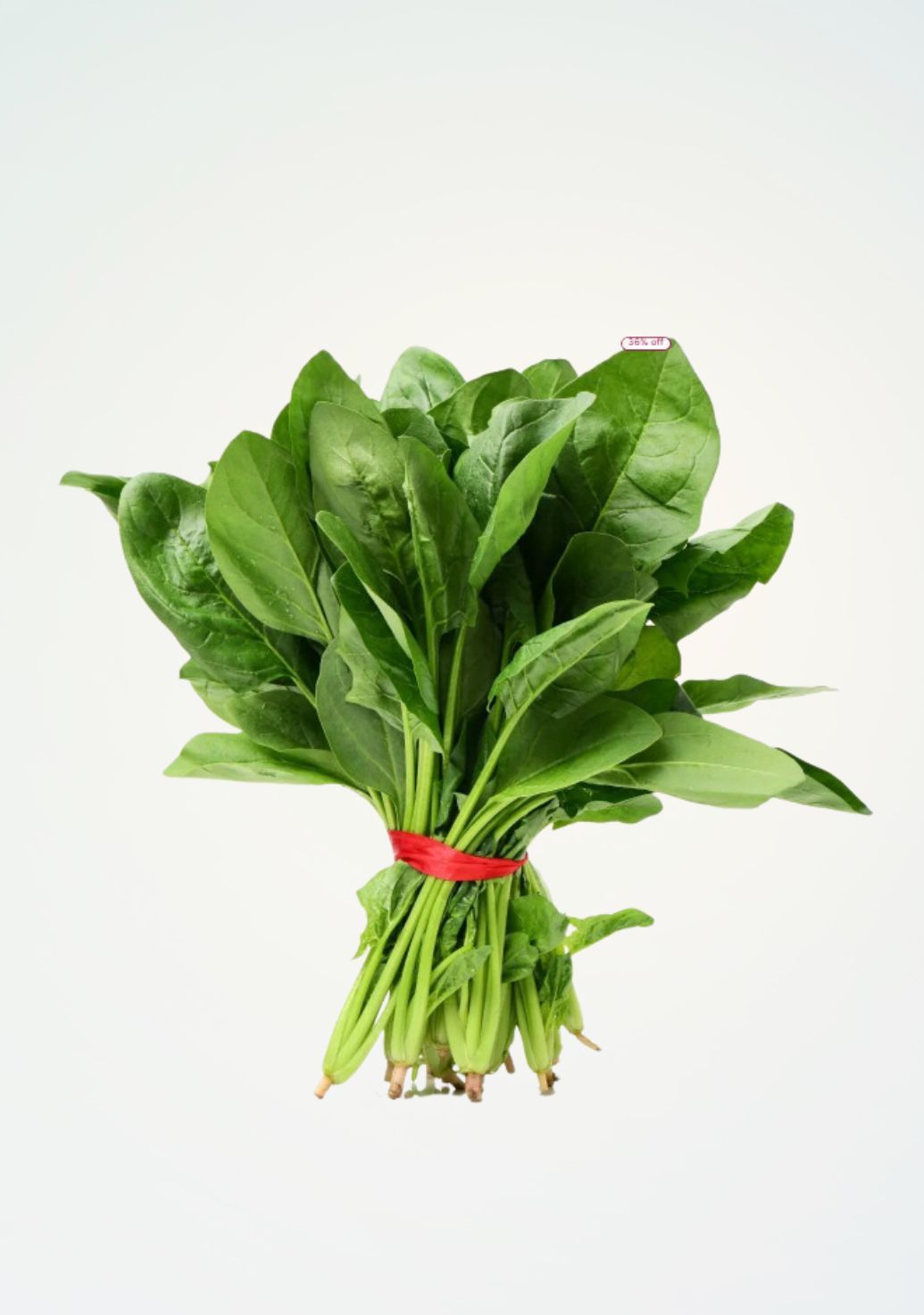
![Spinach [Palak]img 1 Spinach [Palak]img 1](https://im.pluckk.in/unsafe/1053x0/uploads/new_sku_designs_v3/111011298AL/1.jpg)








![Beetroot [Chukandar]img 3 Beetroot [Chukandar]img 3](https://im.pluckk.in/unsafe/1035x0/uploads/new_sku_designs_v3/111111140AL/3.jpg)
![Beetroot [Chukandar]img 1 Beetroot [Chukandar]img 1](https://im.pluckk.in/unsafe/1032x0/uploads/new_sku_designs_v3/111111140AL/1.jpg)
![Beetroot [Chukandar]img 2 Beetroot [Chukandar]img 2](https://im.pluckk.in/unsafe/1035x0/uploads/new_sku_designs_v3/111111140AL/2.jpg)



